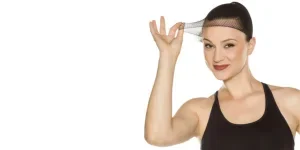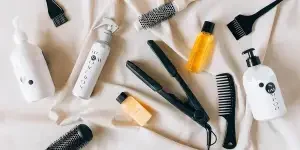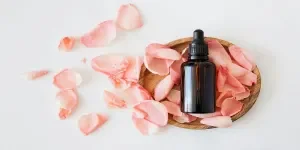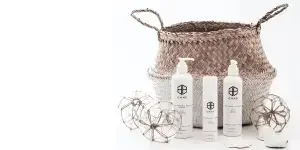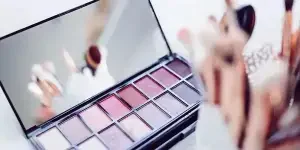If you’re new to the wonderful world of wigs, you may be wondering what all the fuss is about wig caps. Well, these handy hair accessories can be very useful for keeping wigs in place. They can also make wearing a wig more comfortable and help protect the wig and natural hair and the scalp. But with so many different products on the market, how do you choose the right wig cap for customers?
Wig caps come in a wide variety of styles, shapes, and sizes. What works best for one person may not be ideal for another wig wearer. At the end of the day, you want a wig cap that’s going to be comfortable and give the wearer all the benefits it’s supposed to without detracting from their natural look.
To help you choose a wig cap that is suitable for different users, we’ve put together this comprehensive guide outlining the different types of wig caps and some factors to consider when purchasing wig caps. Read on to discover how to choose a wig cap that’s suitable for your customers.
Table of Contents
What is a wig cap?
What types of wig caps are available?
Will a wig cap work with certain natural hair types?
What to consider when choosing a wig cap
How to secure a wig cap properly?
How to care for a wig cap
Final thoughts
What is a wig cap?
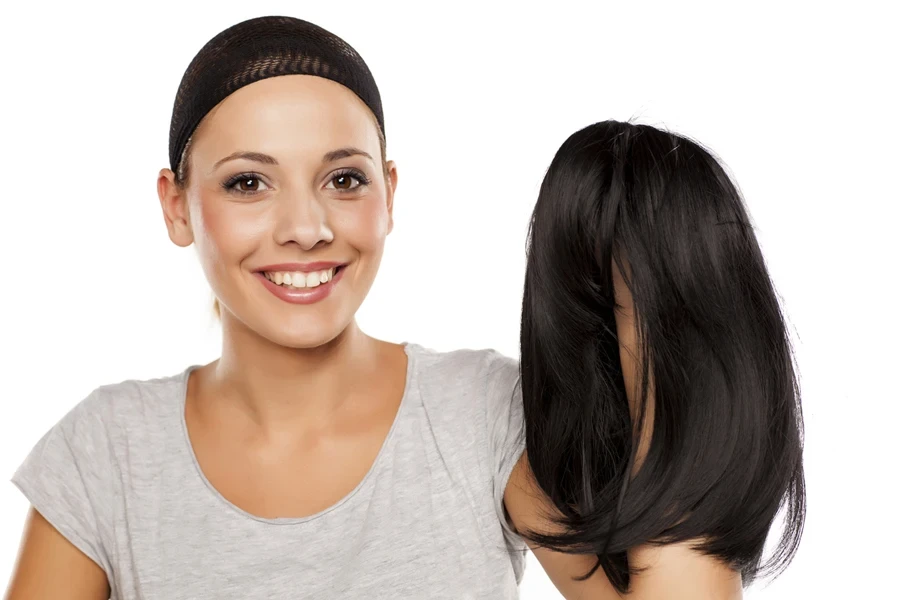
Before we get into the different styles of wig caps, it helps to have a clear understanding of what exactly a wig cap is. Basically, a wig cap is a cap made of flexible, breathable material that is worn underneath a wig.
There are a few different reasons why people choose to wear wig caps. First, the cap creates a smooth, secure base for the wig and stops the wig from sliding around. A wig cap can also create a protective barrier between the scalp and the wig. This keeps the wig free of dirt and oil. It also prevents chafing and stops natural hair from getting snagged in the wig.
One thing to know is that many wigs come with a built-in wig cap. This means users don’t necessarily have to wear an additional wig cap if they don’t want to. However, some people find that the base cap on the wig can be uncomfortable. In addition, it may not fully cover or flatten their natural hair. That’s why many people also choose to wear a separate wig cap underneath the wig.
What types of wig caps are available?
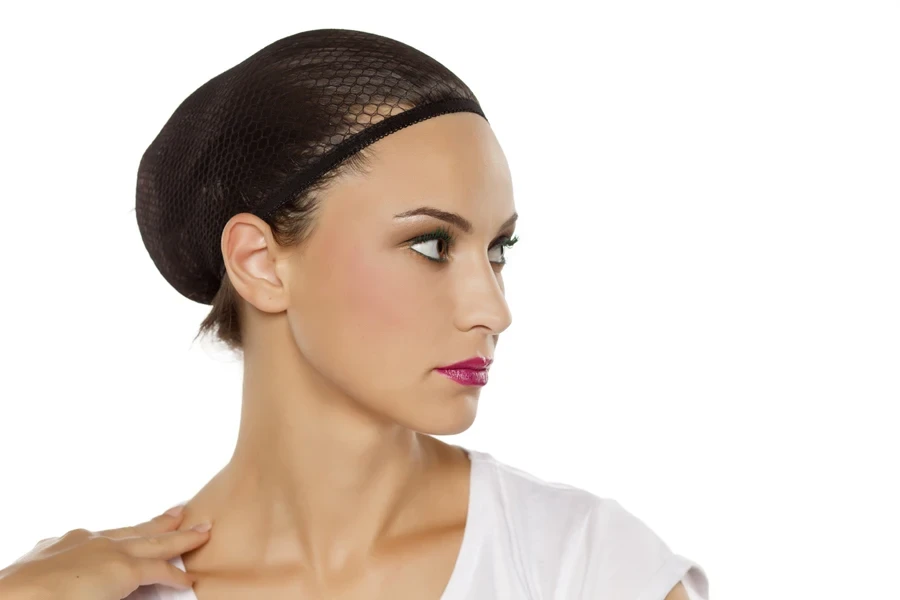
Material matters when it comes to choosing a wig cap. These are a few different types of wig caps you might come across, along with the pros and cons of each.
Mesh
Pros: When it comes to breathability, it’s hard to beat a mesh wig cap. These caps are made with an open-weave design that allows air to circulate easily. They’re typically lightweight and can stretch to fit the wearer’s head shape.
Cons: That open-weave design is great for airflow, but it can also be tricky for people with a lot of hair because the hair may poke through the holes. Mesh wig caps can also rip easily, so they may not last as long as caps made with other materials.
Cotton
Pros: If the users prefer natural materials, a cotton wig cap can be a good option. Cotton is gentle on sensitive scalps and helps to wick away sweat, which keeps the head cool. It also provides a non-slip surface that helps the wig stay in place.
Cons: While cotton is relatively breathable, it’s not as airy as mesh. It can also retain moisture, so the cap can become damp. This also means users will have to wash it more. In addition, cotton wig caps can be bulky and can only stretch so far.
Nylon
Pros: Sleek and smooth, nylon wig caps can help give a more natural look. They’re also very stretchy, so they’re easy to put on and take off. These types of caps can also be very budget-friendly.
Cons: Unfortunately, nylon is not as breathable as mesh or cotton. It doesn’t absorb water well, which can result in sweat pooling underneath the cap. It may also irritate sensitive skin.
Silk
Pros: Feel like something a bit more luxurious? Silk wig caps are soft and smooth on the skin and hair. The slippery material doesn’t create a lot of friction, so there is less chance of breaking or damaging the user’s natural hair.
Cons: Silk is more expensive than other materials, so it’s not the most wallet-friendly choice. In addition, silk doesn’t stretch very easily, so the wearer will need to make sure the wig cap is a good fit for their head.
Lace
Pros: If the user is planning on wearing a lace-front wig, they may want to consider a lace wig cap as well. The delicate lace material mimics the look of a natural hairline, which gives a more realistic look. Lace is also very breathable.
Cons: Because lace is so delicate, it can rip easily. Users will need to be careful when putting the wig cap on and taking it off. Plus, they’ll need to store it somewhere safe where it won’t get caught on anything sharp.
Will a wig cap work with certain natural hair types?
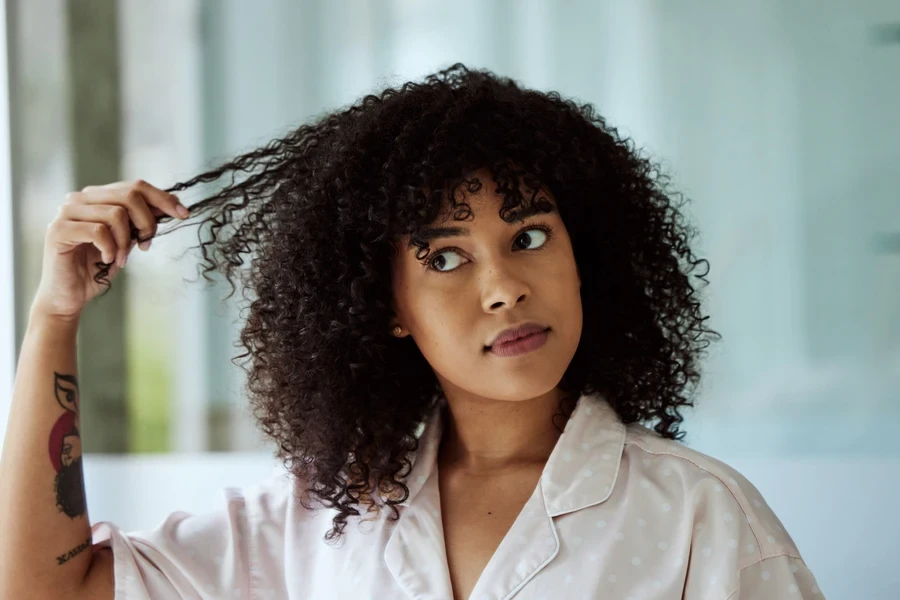
No matter what type of hair your customers have, there’s a wig cap for them. If their hair is short, a nylon, lace, or mesh cap can help smooth the strands down and create a smooth base for the wig. Mesh also works well for long hair because it can stretch to accommodate hair tucked under the cap.
If their hair is thin, a lightweight silk or mesh cap can be gentle on the hair, while also keeping it flat and tucked in. On the flip side, if their hair is thick, they may need a nylon or cotton wig cap to help hold the hair in place. Curly hair can also benefit from a sturdy cotton wig cap.
Keep in mind too that wig caps come in a wide variety of colors. Ideally, opt for a wig cap that matches hair color. That way, if the wig slips or shifts, it won’t be glaringly obvious that the wearer is wearing a wig cap.
What to consider when choosing a wig cap

Now that you know the different types of wig caps on offer, it’s time to think about the user’s unique lifestyle. Are they planning on wearing the wig cap for long durations or in hot environments? If so, they probably want something ultra-breathable like mesh or lace. If they’re only planning on wearing the wig cap for short periods or live in a cold environment, cotton or nylon might be more comfortable.
Skin type also plays a role in the choice of wig cap. Sensitive skin can become irritated by materials like nylon or lace. If the customer is worried about chafing or is experiencing hair loss, they may want to consider something more gentle on the scalp and hair, like silk or cotton.
Then there is hair type. The goal of a wig cap is to provide a smooth base for the wig so that it looks as natural as possible. If the user has thick hair or plenty of curls, they’ll need something that can hold in the volume without creating lumps or bumps. Cotton is a great choice because it can hold down curls and heavy hair without crushing it.
How to secure a wig cap properly?
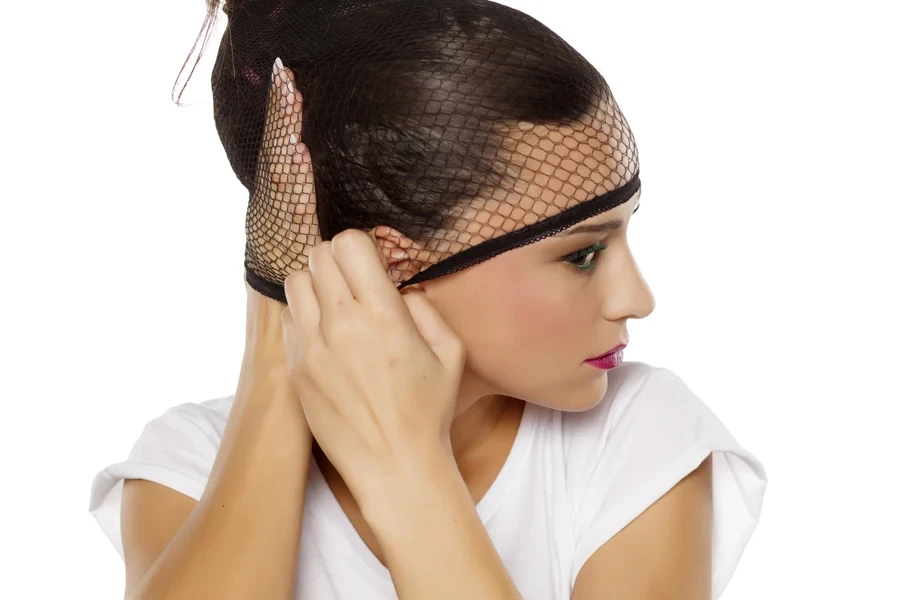
It can be tricky to get the wig cap just right. These are some steps that can help users apply the wig cap quickly and with as little hassle as possible.
- Smooth short hair down: It is best to have the hair as smooth when applying the wig cap so that there are no unwanted bumps. Customers can use a wide-tooth comb to detangle and smooth their hair. If they have fine, fly-away hairs or baby hairs, they may want to use hair gel to smooth them down.
- Braid long hair or put it in a bun: The best way to keep long hair under wraps is to braid it flat to the head and pin it up close to the nape of the neck. If the user’s hair is thick or very curly, cornrows can help keep their natural hair in place. Thinner hair can be styled in a simple bun and pinned up at the back of the head.
- Apply the wig cap from the front first: Once the natural hair is in place, users can take the wig cap and line the edge with the top part of their forehead. Then, they should gently pull the wig cap over the top of their head and toward the back. They can secure it in place behind their ears and at the nape of the neck, adjusting as needed.
- Use bobby pins to keep the wig cap in place: If the user feels like the wig cap isn’t as snug as it should be, they can use bobby pins to secure it to their natural hair. They should just be sure to place the bobby pins where they won’t be visible when the wig is on.
How to care for a wig cap

Maintenance is another thing to think about when choosing a wig cap. Some wig caps need to be washed more often than others because they can take on sweat and oil. For example, cotton tends to absorb more moisture than nylon or mesh, so it may need to be washed more frequently.
Regardless of the material, wig caps should be washed regularly to keep them fresh. Customers can use a mild shampoo to wash their wig cap by hand, then let it air-dry. The wig cap should never be put in a washing machine or dryer because that can destroy its shape and elasticity. Users can store their wig caps in a clean, dry place where they won’t get torn or stretched out.
Final thoughts
The type of wig cap you choose to stock really comes down to the specific lifestyle, hair type, and skin sensitivity of your customers.
